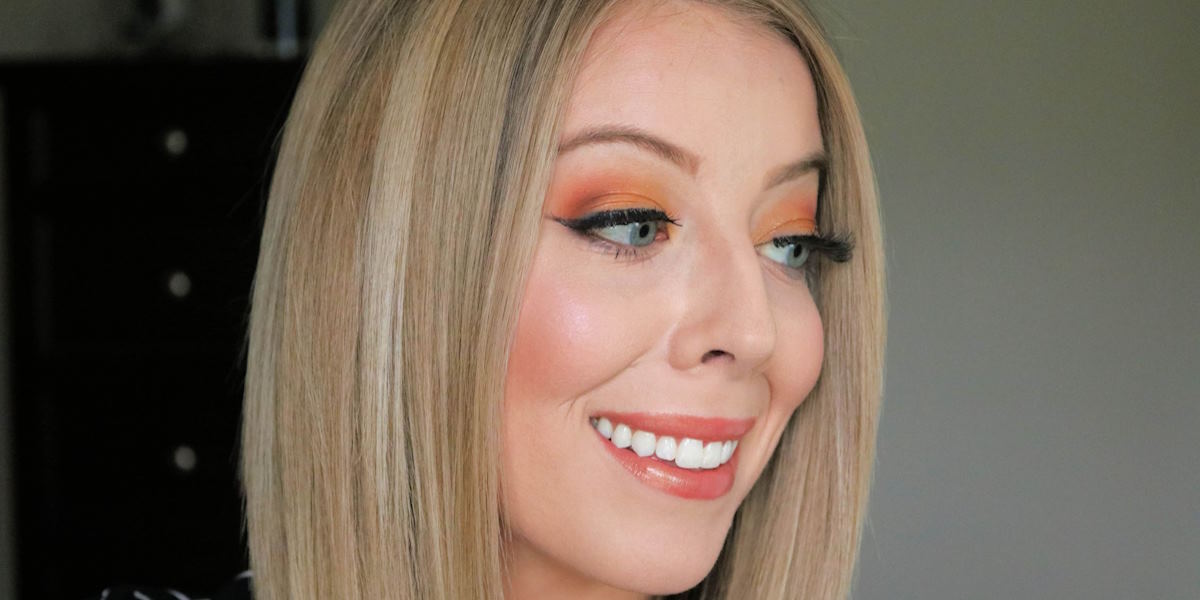
Creating a sunset eyeshadow look might sound a bit daunting at first, but trust me, it’s easier than you think! Imagine you’re an artist with a blank canvas—your eyelids are waiting for a splash of color. The best part? You don’t need to be a makeup guru to pull off this look. With just a few shades and some simple techniques, you can blend your way to a dazzling eye makeup style that will have everyone asking, “Wow, where did you learn to do that?”
Gather Your Supplies
Before we jump into the fun part, let’s make sure you have everything you need to create your sunset eyeshadow look. Think of this as your artist’s toolkit.
Eyeshadow Palette
To start, you’ll need a palette that features warm shades. Look for colors like:
| Shade Type | Color Examples |
| Base Shades | Light peach, Soft pink |
| Transition Shades | Coral, Bright orange |
| Deepening Shades | Burgundy, Rich purple |
| Highlight Shades | Shimmery gold, Ivory |
You can either choose a pre-made palette or buy single shadows that fit this description. Brands like Urban Decay, Morphe, or ColourPop often have fantastic options.
Brushes
Having the right brushes can make all the difference. Here’s what you’ll need:
- Blending Brush: This fluffy brush will help you seamlessly blend the colors together.
- Flat Brush: Perfect for packing on color, especially for the base shade and highlights.
- Pencil Brush: This one is great for detailing and applying color to your lower lash line.
Other Supplies
Don’t forget the other essentials! You’ll need:
- Eye Primer: This will help your eyeshadow stay in place and pop.
- Eyeliner and Mascara: These will enhance your look and define your eyes.
- Setting Spray: A final touch to keep everything looking fresh.
Prepare Your Eyes
Now that we have our supplies, it’s time to prepare our canvas!
Step 1: Prime Your Eyelids
Applying an eye primer is crucial. Think of it as a foundation for your makeup. It evens out the skin tone of your eyelids and gives your eyeshadow something to grip onto. Just dab a small amount on your eyelids and blend it out with your fingertip.
Step 2: Set the Base
Next, grab a neutral eyeshadow—something close to your skin tone. This will help create a smooth base for the vibrant colors we’re about to use. Apply it all over your eyelids using your flat brush. It’s like laying down the first layer of paint before adding the fun colors!
Create the Sunset Effect
Now comes the exciting part—adding those beautiful sunset colors!
Step 3: Apply the Base Color
Start by taking a light peach or soft pink shade. Using your flat brush, apply this color to the inner third of your eyelid. This is the part that catches the light, just like the first rays of the setting sun. Don’t worry if it looks a bit bright at first; we’ll blend it soon!

Step 4: Add the Transition Shade
Now it’s time to bring in some warmth. Take a coral or bright orange shade and apply it to the middle of your eyelid, blending it into the peach. This creates a smooth transition, mimicking how colors blend in the sky as the sun sets. Use your blending brush to soften the edges and ensure everything looks seamless.
Step 5: Deepen the Outer Corner
To add depth, grab a rich burgundy or purple shade. Using your pencil brush, apply this color to the outer corner of your eyelid, sweeping it inward slightly. This is where you can create that beautiful gradient effect, just like the deeper colors of the sky as night approaches. Blend it well so it doesn’t look harsh—think of it as the shadows that dance across the horizon.
Step 6: Highlight the Inner Corner
Don’t forget to brighten things up! Take a shimmery gold or ivory shade and apply it to the inner corner of your eye. This step acts like the last touch of sunlight before the day ends, adding a lovely sparkle that opens up your eyes.
Blend, Blend, Blend
The magic of a sunset look is all in the blending. Remember, blending is your best friend!
Techniques for Blending
- Use a clean blending brush to soften the edges between each color.
- Hold the brush lightly and use small circular motions to avoid over-blending and muddying the colors.
- Check in natural light to see how everything looks together.
The goal is to create a soft, gradient effect that resembles the smooth transition of colors in a sunset.

